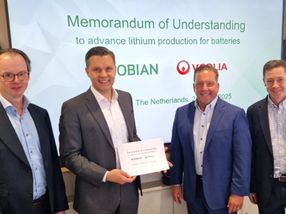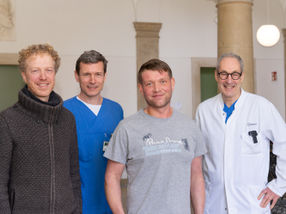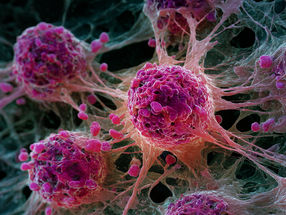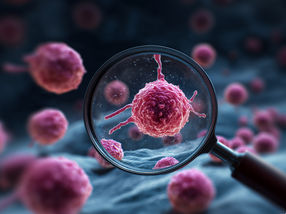Self-assembled spherical nanostructures
Nicola Armaroli and co-workers from CNR-ISOF, Bologna, Italy, and Davide Bonifazi and colleagues from the Università di Trieste, Italy, and the University of Namur, Belgium, have shown that π-conjugated molecules bearing complementary hydrogen bonding sites can self-organise into complex nanostructures, which resemble natural micellar systems.
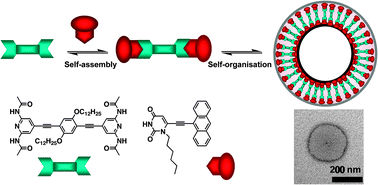
Nature creates spectacular nanoarchitectures through specific supramolecular assemblies of various components. Complementary hydrogen bonds are often utilised, which leads to the optimization of solvophilic interactions.
The use of hydrogen bonding also enables the tuning of the size and shape of the nanoparticles. The complementary hydrogen bonds promote self-organisation of the nanoparticles into uniform aggregates, and also enable a morphological change to occur from nanoparticle to vesicles.
Armaroli has also shown that the nanoaggregation can be reversed with temperature, which suggests possible applications of these vesicles in molecular delivery.
‘The ultimate aim of this work is to create a library of nanoarchitectures, which may exhibit potential applications as drug carriers, in biological imaging and in optoelectronic devices,’ says Armaroli.
However, Armaroli acknowledges that one of the main challenges to overcome is to design nanostructures with the desired molecular functionality, without compromising key features such as chemical stability and photoluminescence.
Original publication: Nicola Armaroli et al., Chem. Commun. 2009.
Other news from the department science

Get the chemical industry in your inbox
By submitting this form you agree that LUMITOS AG will send you the newsletter(s) selected above by email. Your data will not be passed on to third parties. Your data will be stored and processed in accordance with our data protection regulations. LUMITOS may contact you by email for the purpose of advertising or market and opinion surveys. You can revoke your consent at any time without giving reasons to LUMITOS AG, Ernst-Augustin-Str. 2, 12489 Berlin, Germany or by e-mail at revoke@lumitos.com with effect for the future. In addition, each email contains a link to unsubscribe from the corresponding newsletter.






















